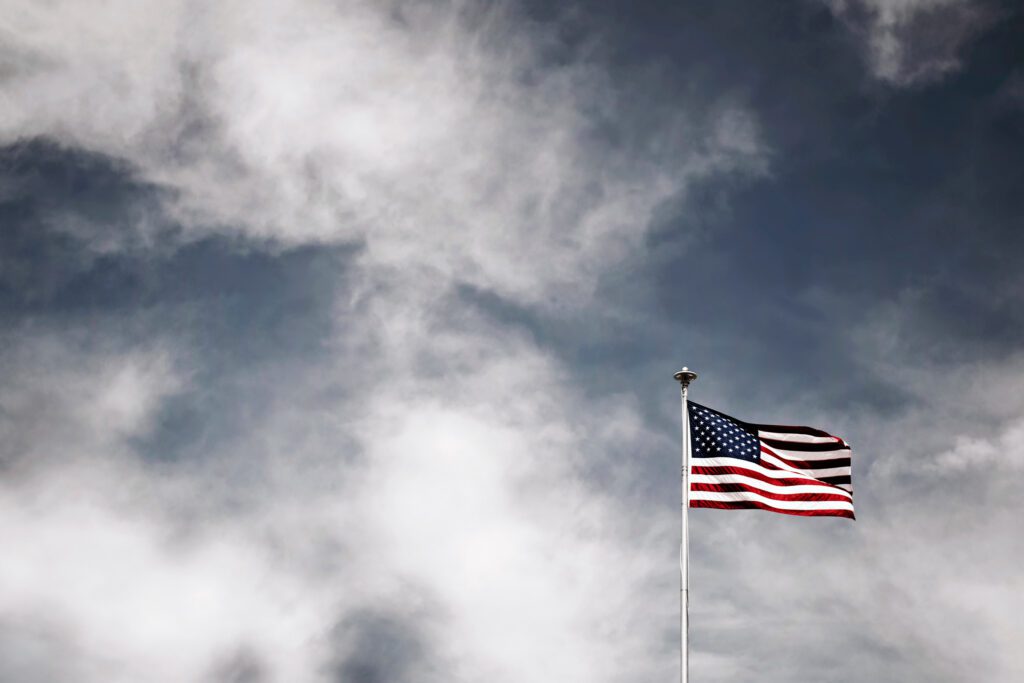Since his election, President Biden has emphasized an agenda of strengthening the American economy, especially through manufacturing. On March 4, 2022, Biden announced the finalization of a new Buy American rule, requiring a larger percentage of goods bought with taxpayer money to be sourced from within the United States.
The new Buy American rule will see an expansion of current practices already in place, requiring a higher threshold of US-sourced content to be present for a good to be classified as “Made in America” for government procurement. This will impact manufacturing and supply chains across the country, and companies should begin preparing for these changes as soon as possible.
New Buy American Initiatives
Currently, any goods purchased with taxpayer money must contain at least 50% US-made content. The new Buy American rule will increase that requirement to 75% by 2029. First, in October 2022, the requirement will increase to 60%. In 2024, it will increase again to 65%, before finally reaching 75% in 2029.
Because the federal government spends more than $600 billion every year for goods and services, the Biden administration expects that requiring a higher percentage of these purchased goods to be “Made in America” will increase and strengthen American manufacturing.
Similarities to the Berry and Kissel Amendments
Rules like this are not new. In addition to the 50% threshold for goods bought with taxpayer funds, previous laws such as the Berry Amendment and the Kissell Amendment require certain goods purchased by the Department of Defense (DOD) and the Department of Homeland Security (DHS) to be 100% domestic in origin. The Buy American Act of 1933 also requires goods purchased by other federal agencies to contain at least 50% US-sourced materials.
The Berry Amendment applies to DOD and was enacted in 1941. It requires certain items such as textiles, clothing, footwear, and food to be 100% sourced from the US.
The Kissell Amendment mandates similar requirements for DHS, which, in practice, only applies to the Transportation Security Administration (TSA). The Kissell Amendment also requires that textiles, clothing, and footwear for this department be 100% US-made.
While these amendments do have some exceptions, suppliers to DOD and TSA have long been required to meet strict US-made manufacturing standards. Now, with the Buy American rule, more companies will need to adapt their supply chains to keep their products classified as “Made in America.”
Prepare Your Supply Chain Now
Now is the time to start preparing your supply chains for the new Buy American initiatives. In the coming years, requirements for “Made in America” products will only increase and companies should be prepared to meet these new mandates.
If your products or components are purchased by the federal government, start surveying your supply chain now. Understand what percentage of your components come from inside the US versus outside of the US, and begin finding replacement suppliers where necessary to keep your products “Made in America.”
While there are no reporting requirements in place for the Buy American rule, they are expected in the future. Preparing now will help you keep your market access once potential reporting requirements go into effect.
If you need help surveying your supply chain, contact Tetra Tech’s product compliance experts today at [email protected]. We can help you understand the changes your supply chain may need to undergo to keep your products “Made in America” and support you in keeping your supply chain strong in the face of changing requirements.






